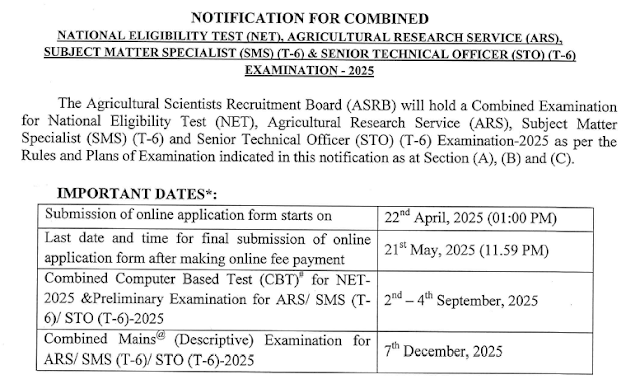Exploring Ethnobotany and Its Significance in Modern Life
Ethnobotany is a fascinating field of study that explores the dynamic relationship between plants and people. Rooted in both botany and anthropology, ethnobotany focuses on how different cultures around the world use plants for medicine, food, shelter, tools, and rituals. In essence, it is the science of understanding how plants contribute to the cultural fabric of human societies and how that knowledge can be preserved and applied in today’s world.
What is Ethnobotany?
Ethnobotany combines two primary disciplines: "ethno," which relates to culture, and "botany," the study of plants. The term was first coined in 1895 by American botanist John William Harshberger. Ethnobotanists study traditional knowledge about plant species, focusing on indigenous uses that have been passed down for generations. This knowledge often includes the medicinal, culinary, agricultural, and ceremonial roles plants play in various societies.
The scope of ethnobotany is broad, encompassing a wide variety of cultural practices. Ethnobotanists spend significant time in the field, often living among indigenous populations to document how plants are used in daily life. Their work contributes to the preservation of indigenous knowledge, much of which is at risk of being lost due to globalization and modern agricultural practices.
Significance of Ethnobotany in Modern Life
While ethnobotany provides insight into the historical use of plants, its significance in modern life is profound, especially in areas like medicine, agriculture, environmental conservation, and sustainable living.
1. Contributions to Medicine
One of the most important contributions of ethnobotany is in the field of medicine. Many modern pharmaceutical drugs are derived from plants traditionally used by indigenous cultures. Ethnobotanical knowledge has helped scientists identify plants with medicinal properties, leading to breakthroughs in treating diseases. For instance, the bark of the willow tree, long used in indigenous remedies, is the source of salicin, the active ingredient in aspirin. Similarly, the Madagascar periwinkle (Catharanthus roseus) has led to the development of drugs used in chemotherapy for cancer treatment.
With the increasing interest in alternative and holistic medicine, ethnobotanical research is critical for discovering new plant-based treatments that can benefit human health. The World Health Organization estimates that nearly 80% of the global population still relies on traditional plant-based medicine for primary health care, making ethnobotany a valuable field for developing natural, affordable treatments.
2. Agricultural Innovation
Ethnobotany also has a significant role in modern agriculture. Traditional knowledge about crop cultivation, pest control, and soil health can guide sustainable farming practices today. Indigenous farming techniques, such as crop rotation, intercropping, and the use of natural pesticides, are being revisited by modern agricultural scientists to address issues of soil degradation, biodiversity loss, and food insecurity.
For example, the "Three Sisters" farming technique, practiced by Native American tribes, involves growing corn, beans, and squash together. This symbiotic relationship between plants enhances soil fertility and minimizes the need for chemical fertilizers. Ethnobotanical insights like this promote environmentally friendly agricultural practices and help combat the overuse of synthetic chemicals in farming.
3. Conservation and Biodiversity
Ethnobotany plays a crucial role in biodiversity conservation. Indigenous people, who rely on plants for their daily needs, often have extensive knowledge about the ecosystems they inhabit. Ethnobotanists work to document this knowledge, which can inform modern conservation efforts. Protecting traditional ecological knowledge is essential for the preservation of plant species that may be endangered due to habitat destruction, climate change, and deforestation.
Moreover, ethnobotanical research helps highlight the importance of conserving culturally significant plants. Many of these plants hold both spiritual and medicinal value, and their loss would represent not only a biological loss but also a cultural one. Modern conservation programs often integrate ethnobotanical knowledge to develop more holistic approaches to protecting ecosystems and the human communities that depend on them.
4. Sustainable Living and Ecological Balance
In a time when sustainability has become a critical global issue, ethnobotany provides a blueprint for living in harmony with nature. Indigenous communities have practiced sustainable living for centuries, using plants in ways that do not deplete resources or harm the environment. By studying these practices, we can learn how to adopt more sustainable habits in modern life.
For example, many indigenous groups practice sustainable harvesting of wild plants, ensuring that they take only what is needed and allow the plants to regenerate. This practice aligns with modern concepts of sustainability and resource management, offering valuable lessons for reducing our ecological footprint.
Ethnobotany: A Bridge to the Future
Ethnobotany not only helps us understand the past but also provides solutions for the future. As the world faces challenges like climate change, biodiversity loss, and overreliance on synthetic materials, the ancient wisdom embedded in ethnobotanical knowledge offers alternatives. By merging traditional plant use with modern science and technology, we can create innovative, sustainable solutions for medicine, agriculture, and environmental conservation.
The study of ethnobotany reminds us that plants are not just passive elements of the environment—they are essential partners in human survival. Whether by healing, feeding, or providing materials for shelter, plants are integral to our lives. The work of ethnobotanists ensures that the rich heritage of plant knowledge is preserved and continues to benefit humanity in the modern world.
Conclusion
Ethnobotany is more than just an academic discipline; it is a bridge between ancient traditions and modern science. It opens our eyes to the incredible depth of knowledge that indigenous cultures have about the natural world and offers tangible solutions to many of the environmental and health challenges we face today. By embracing ethnobotanical knowledge, we can enhance modern life, promote sustainability, and continue the timeless relationship between people and plants.
- Get link
- X
- Other Apps




Comments